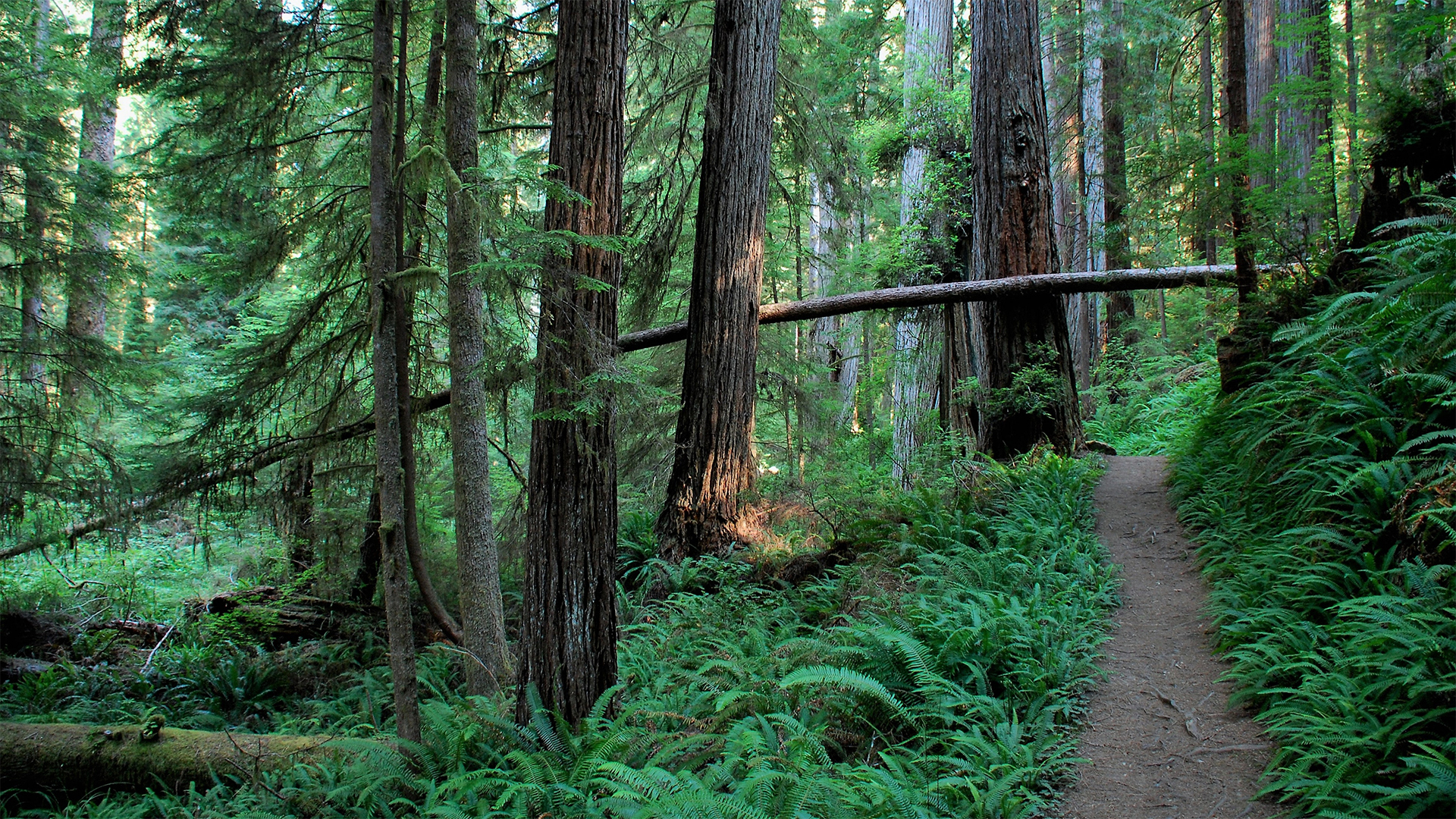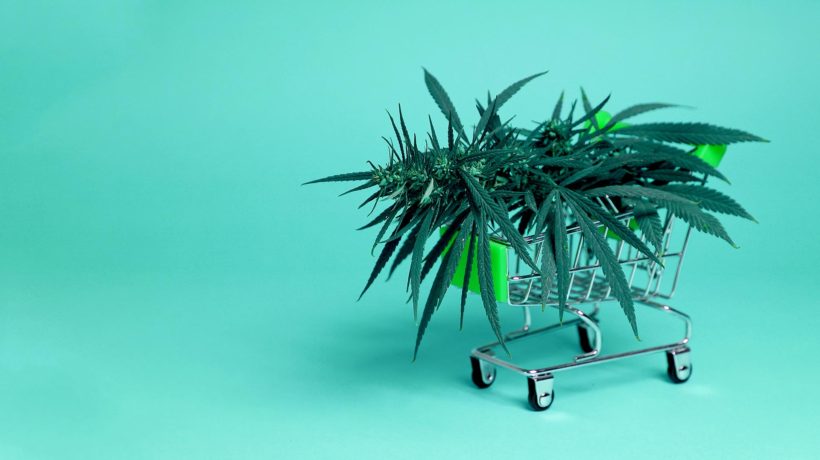While it may seem like cannabis suddenly became part of the national consciousness during the tune in, turn on, drop out days of the mid-1960s, cannabis has actually been a part of American culture since the United States was but a gleam in our Founding Fathers’ eyes.
Granted, depending on which way social and political winds were blowing, its ubiquity was often on the down-low, so its evolution can only be tracked in fits and starts. But slowly, over time, the plant has changed.
And now within the last several decades, as states have legalized cannabis, growers have used research, technology, and good ol’ trial and error to dramatically improve the quality of US cannabis.

From cannabis to cocaine, how Colombia fits in
It’s possible to track improvements made to the plant and its byproducts thanks to the government’s 1970 decision to label it a Schedule 1 drug, meaning it was deemed to have no currently accepted medical use and a high potential for abuse.
Since that controversial move, the Natural Center for Natural Projects Research (NCNPR) at the University of Mississippi has been testing cannabis confiscated in police/government raids.
Confirming what plenty of users have stated anecdotally, today’s marijuana is as much as two-thirds more potent to the plant back in the ‘70s. The what was obvious. Cannabis has gotten more potent. The why is less straightforward.
But the basics are this: In the 1970s three-fourths of the cannabis consumed for recreational use was imported illegally from other countries, most notably Colombia. Before it became the cocaine capital, Colombia was the largest cannabis supplier.
But, like any agricultural product, cannabis has a peak shelf life. And it took time to package, transport, and distribute. So the cannabis of the ‘70s was on the stale end by the time it reached American consumers.
Also, Colombian cannabis was raw, the equivalent of pulling an entire corn stalk out of the ground and shipping it off. They packaged up leaves and stems along with the flowers, which reduced the overall quality.

The birth of the Emerald Triangle
Then in the 1980s, as the number of local growers increased, especially in places like California, the quality of cannabis began to improve. Firstly, what is true for fruits and veggies is true for cannabis: local is better.
At the same time, technology gave quality a boost. Hydroponic systems were popular because they enabled more Americans to home grow. These smaller, local growers started developing new strains—think microbreweries and their craft beers—which led to a boom in quality.
Having a crop in your backyard also meant that growers could start conducting their own research by simply observing their plants. These growers learned, often through simple trial and error, how to refine their product.
US growers realized the flower, or sinsemilla, was what buyers wanted because that was the part of the plant with the highest concentrations of tetrahydrocannabinol, or THC. That breakthrough resulted in another dramatic increase in the quality and potency of US cannabis.
Today, thanks to the legalization of medical and recreational cannabis in a growing number of states, quality continues to improve as the budding industry (pun intended) invests in more research and technology.
As consumers gain access to farm-to-home cannabis, and the market expands to meet demand, improving technology, agricultural practices, and scientific understanding of cannabis is likely to see cannabis improve in quality for the foreseeable future.
And, with that, comes improvements in the way in which we consume cannabis. From edibles to vapes, to tinctures, and everything in between. The market for cannabis innovations and improvements has yet to see its limitations.



